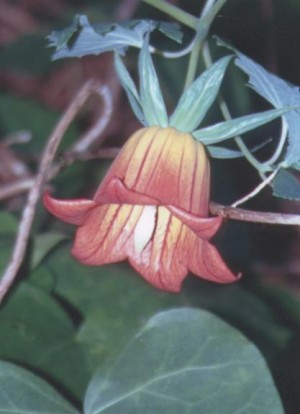FLORA
.
This is a small sample of what was once the legendary Doramas Forest, covering the entire interior of the island. Under the protection of the Rural Park is intended to recover Doramas through reforestation small extensions laurel still preserved. Among them is the area of La Laguna de Valleseco and Pico de Osorio. These areas of great scenic beauty have been the subject of an intense work of restocking for years and today we offer a good representation of this type of flora. Near the pond of La Laguna is also a bird observatory, where you can see a great variety of birds that come to this place.
The southern half of the municipality is protected under the name of the protected landscape of the summits. It preserves a landscape of great beauty, but at the same time an area of vegetation that is very important for the uptake of water on the island. It also includes many species of plants of botanical interest. The first, which dominates in this region: the Canary Island pine (Canarian endemism protected), but there are also yellow broom (endemic to Gran Canaria protected), the cerrajones and cerrajas also endemic Canarian grass edge (endemic to Gran Canaria protected), the cake cliff (Canarian endemism protected), or flower góngano stone (endemic to Gran Canaria protected). Also present are thyme, sage (Canarian endemic protected) and the summit of wallflower (endemic to Gran Canaria).
The pine forests of pine trees in this area are restocking with less than fifty years of existence. In 1953, the Ministry of Agriculture, issued a decree which declares compulsory reforestation of several farms of the summit. In this way, the Island reached agreements with the owners to form a consortium, whereby the latter ceded these farms, making the Cabildo plantations. Pine forests covering the mountains of Valleseco (Calderetas, Crespo, Cueva Corcho, Galaz Almaderos and tables) and other surrounding towns were planted with these stocking made by the Town.

